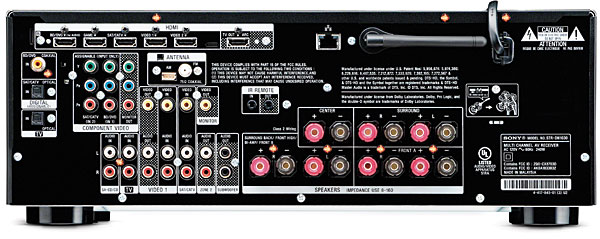I recently purchased the Bose CineMate Series II Digital Home Speaker System. It hooks up to my receiver using Red and White Audio Cables. It works fine with the TV and Auxiliary Jack for my Android.
HOWEVER when I connect through Bluetooth, the STR-DN1030 only powers the wired speakers and NOT the Bose connected with the Audio Cables. Any Suggestions as to what is going on here?









































































